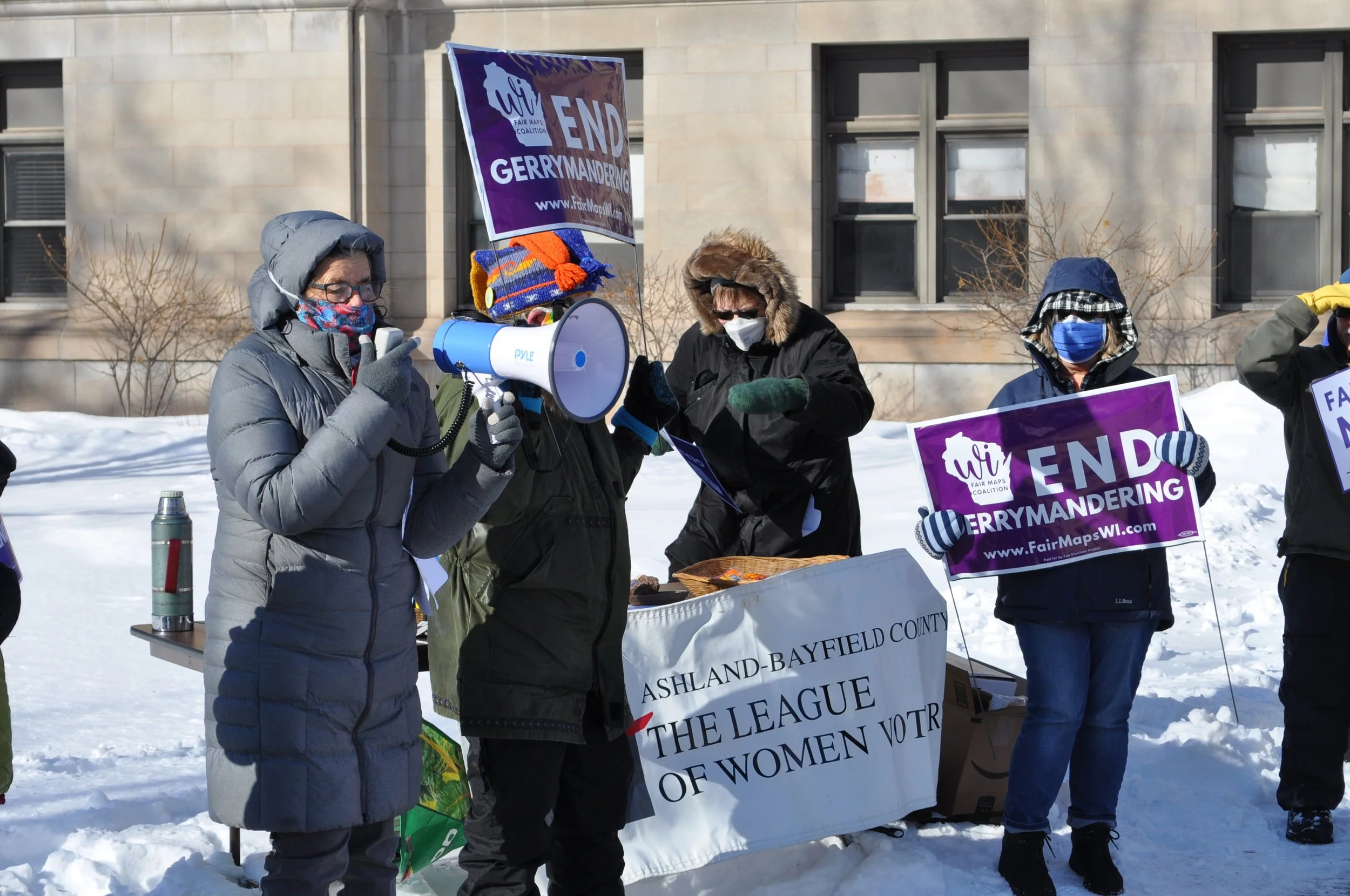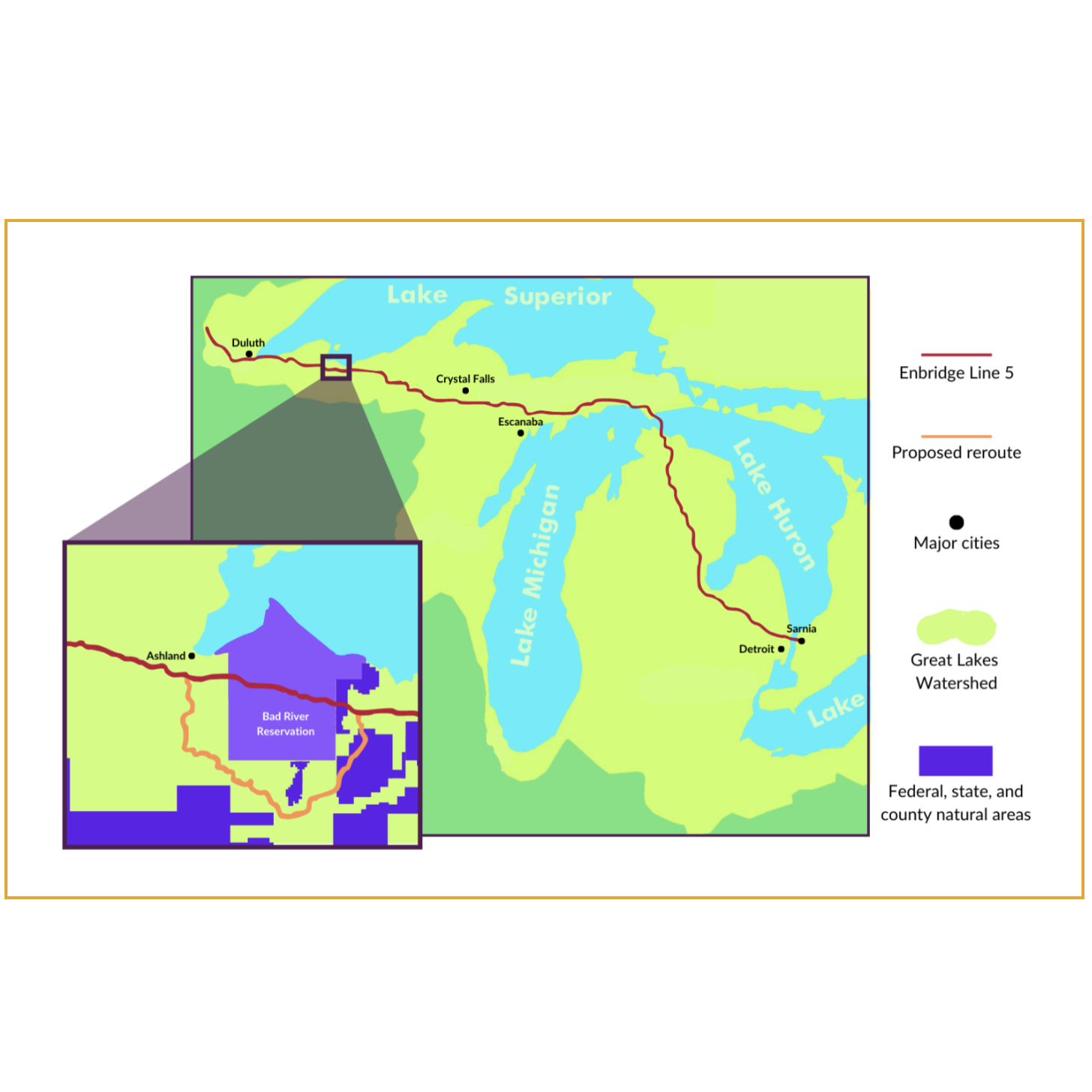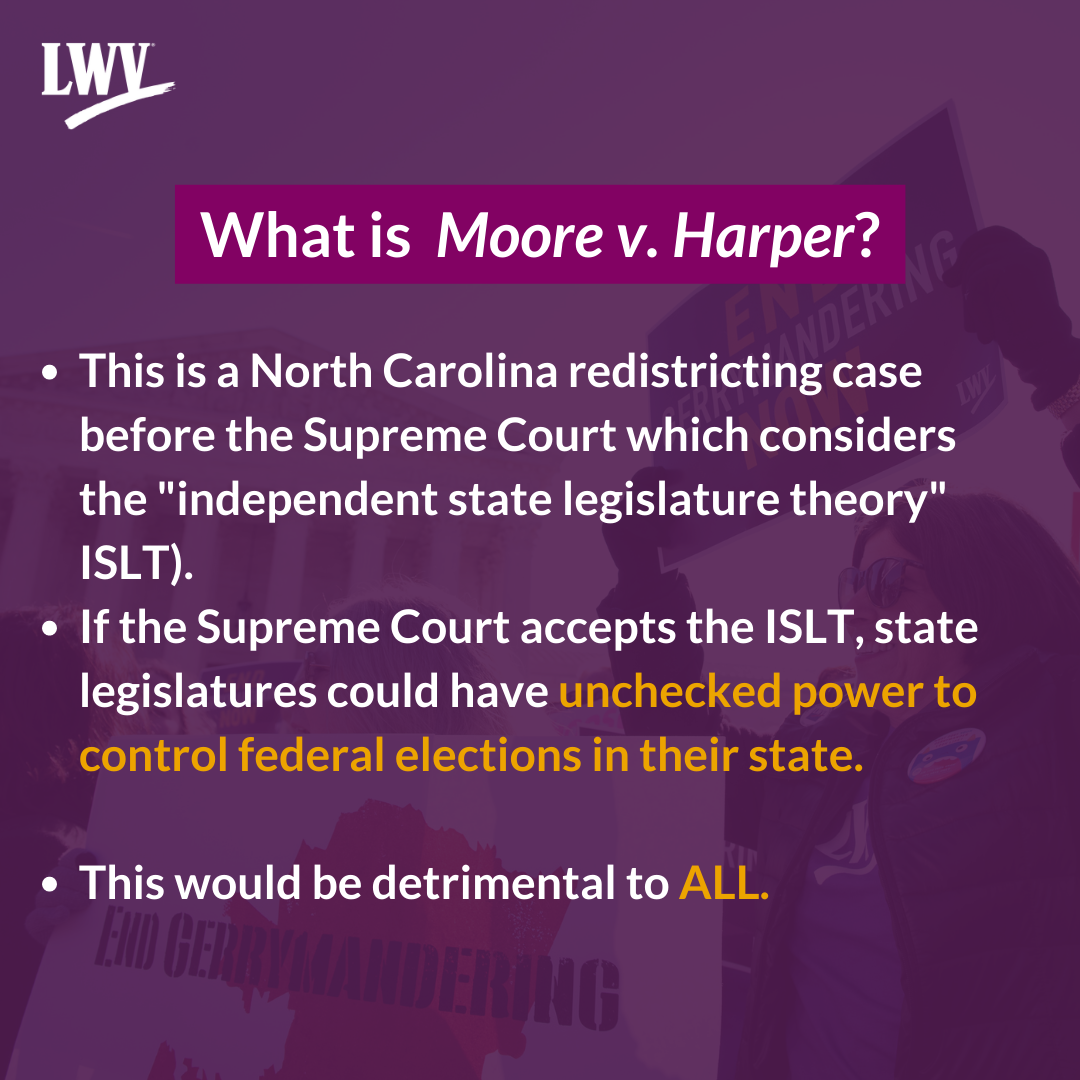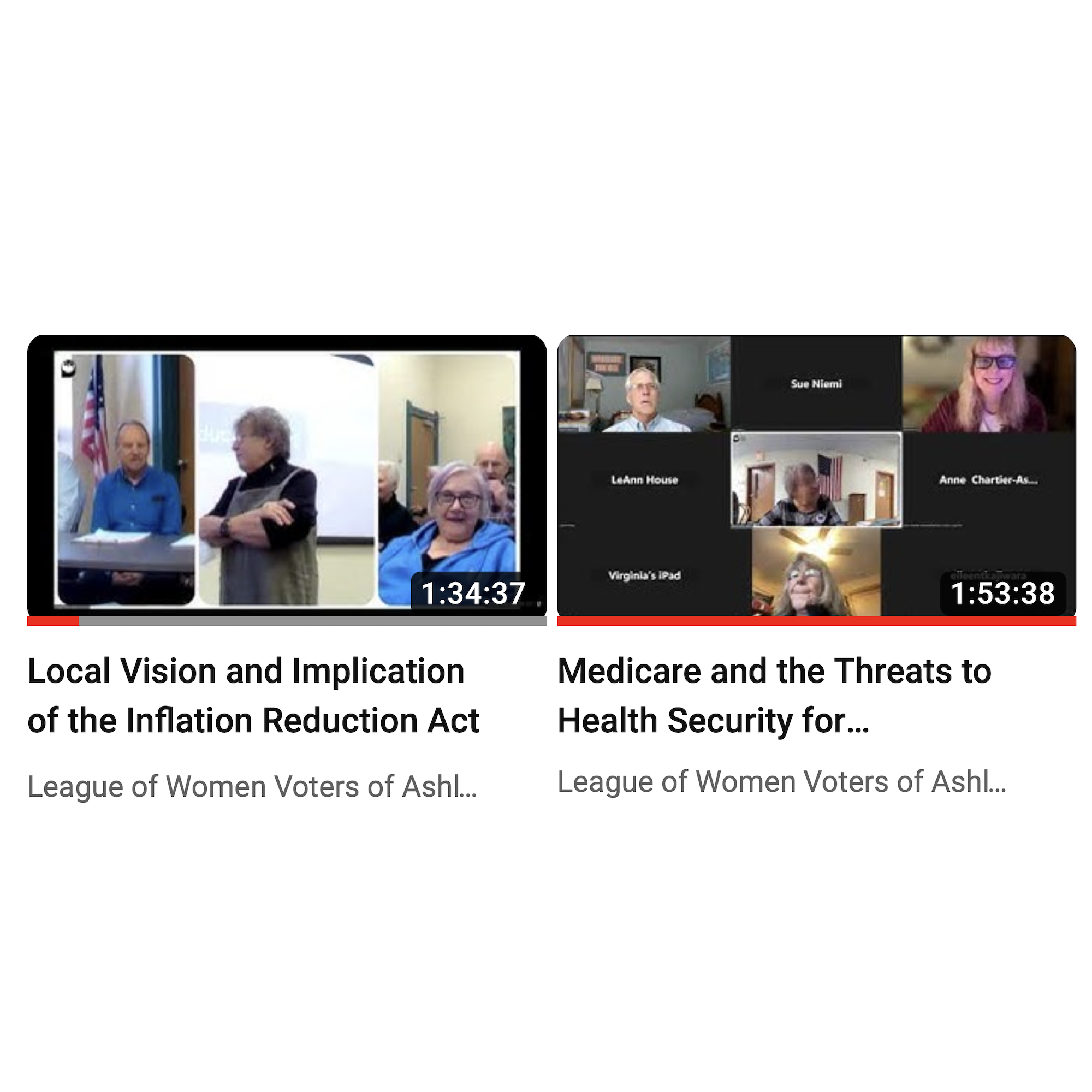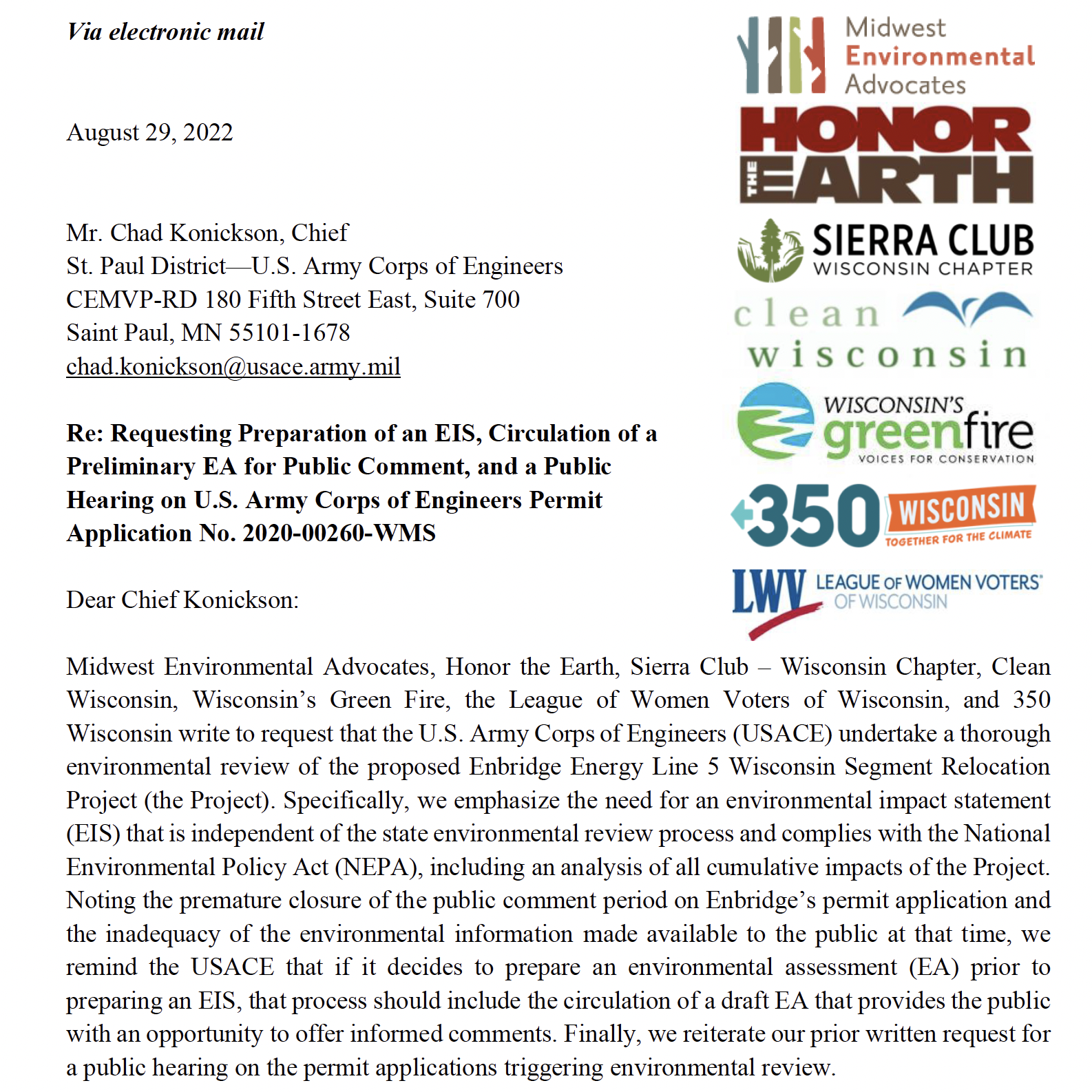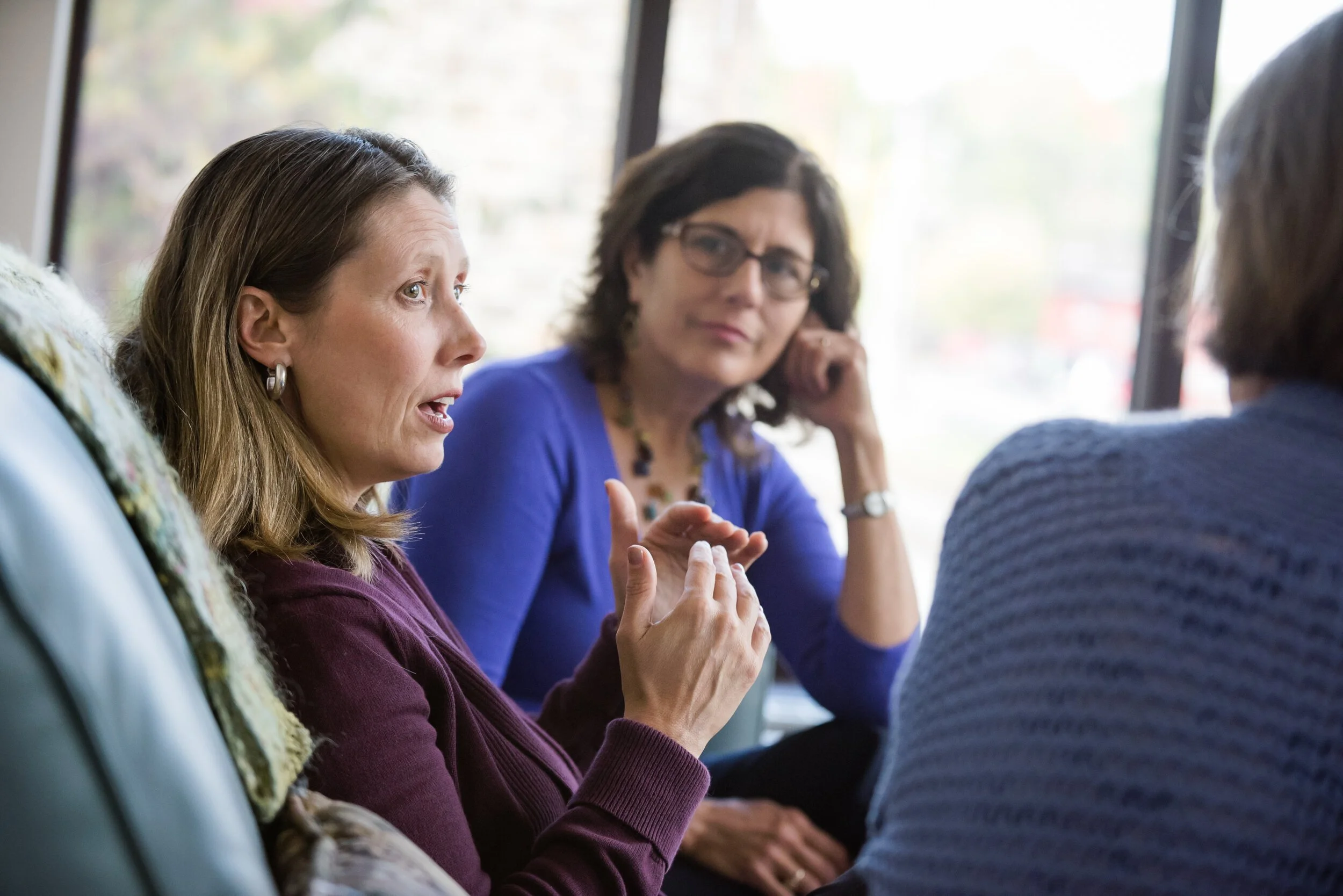Report on Ashland NSP Superfund Site Clean-Up
/Image of the site courtesy of the Midwest Hazardous Substance Research Center at Michigan State University.
LWV Community Advocates Kim Bro, Betty Harnsich and Shari Eggleson attended an update on Superfund cleanup in Ashland on Monday 6/16/2014. Following is their report.
Ashland NSP Superfund Site
Ashland’s lakeshore in the vicinity of the old sewage treatment plant, marina, and Kreher Park was contaminated 100 years ago by coal gasification operations conducted by NSP’s predecessor (NSP assumed its liabilities). The oily, tar-like contaminants seeped into the upland soils and groundwater, and contaminated sediments found their way into Chequamegon Bay. After years of studies and negotiations, NSP has finally commenced the clean-up of the land portion of the contamination this summer, in accordance with plans approved by DNR and EPA.
NSP has built a fence around the site and is sealing off the area with a steel barrier wall along the lakeshore and a clay barrier trench around the other three sides of the site. There is quite a lot of noise right now and some odor from digging the trench. NSP has installed eight continuous air monitoring stations around the perimeter of the site both at the lake level and at the upper level to make sure levels of contaminants in the air in the vicinity do not exceed safe levels. They also have a person who regularly walks around the fence line with an air monitoring unit. There is more infrastructure to be installed: a concrete pad to hold the contaminated soil and a giant tent-like building that will cover the "thermal desorption unit." This unit will heat the contaminated soil so hot that the contaminants will burn completely to carbon dioxide and water. This Phase I is expected to be completed in January, 2015, at a cost of $28-40 million.
Later this summer, NSP plans to start a pilot project authorized by the EPA “Record of Decision” to attempt to show that the contaminated sediments in the bay can be safely and effectively removed using a wet dredging process rather than the more expensive dry dredging process already approved by EPA. That project is scheduled to be completed in October. An agreement for implementation of this Phase II of the project (contaminated sediment remediation) must still be negotiated.
There also is an issue about what happens to the wastewater generated at the site, from dewatering activities and from the groundwater extraction (pump & treat) systems. There will be a treatment plant on the property, but it has not yet been determined what will happen to the treated water. It could be discharged to the Ashland Wastewater Treatment Plant, or it could be discharged directly to Lake Superior. Continued monitoring of this issue could be needed.
Betty Harnisch and Kim Bro have been representing the LWV/ABC on the Citizens Advisory Council established some time ago to advise the agencies working on the project and act as community liaisons.































